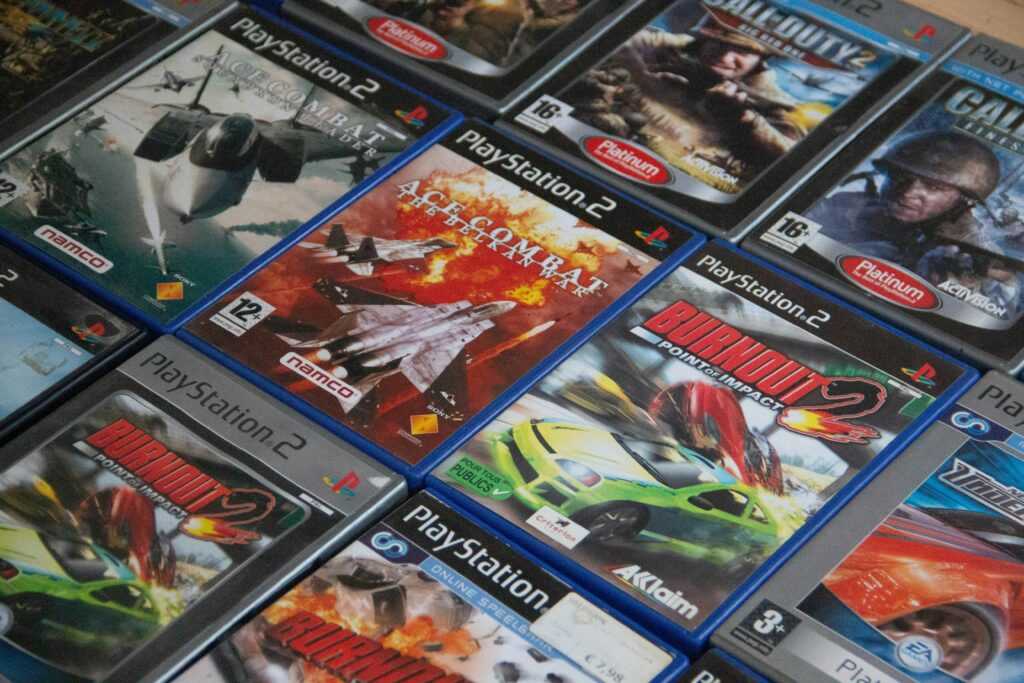The New Way to Play
Gaming in 2026 looks a lot less like owning shelves of plastic cases and more like logging into a content buffet. Subscription models have taken over the frontline letting players access hundreds, sometimes thousands, of games for a flat monthly fee. Xbox Game Pass, PlayStation Plus, and Netflix Games have led the charge, turning game access into something closer to Netflix than a traditional retail store.
This shift from ownership to access is bigger than it sounds. You’re not collecting games anymore you’re renting time in massive digital libraries. That means gamers are trying more titles, branching out into genres they normally wouldn’t buy, and skipping the $70 paywall for most new releases. It’s a win on the surface, especially for casual players who want variety and low commitment.
But it also marks a mental shift. When you stop owning your games, you play with the clock ticking. Titles can disappear from libraries without notice. Still, for now, the convenience is winning. Services like Game Pass Ultimate and PlayStation’s revamped tiers are offering everything from indie gems to day one blockbusters, all wrapped into an all you can play model. And whatever Netflix Games lacked in 2024, they’ve more than made up for with exclusive IP partnerships and mobile first design.
We’re in a rental economy now and gaming is just accelerating the trend.
What’s in It for Players
Subscription gaming isn’t just a new way to pay it’s a new way to play. For one monthly fee, players now unlock libraries packed with everything from nostalgic classics to blockbuster AAA titles. No more dropping $70 on something that might disappoint. It’s all there, ready to stream or download, no extra cost.
This shift isn’t just about savings it’s about scale. Services like Xbox Game Pass or PlayStation Plus offer access to hundreds, sometimes thousands, of games. That means more chances to try, fail, replay, and explore without the commitment of owning.
It’s a golden age for indie developers, too. Games that might’ve been buried in niche stores are now rubbing shoulders with giants, pulled into the spotlight by algorithmic recommendations and curious subscribers. Players are finally discovering those smaller, riskier gems they might’ve skipped in a buy to play world.
Add in cross device support a game started on your console can continue on your phone or tablet and it starts to feel frictionless. One account, one library, multiple screens. Convenient, accessible, and increasingly expected.
The Catch: Trade Offs and Limitations
Subscription services sound great on paper hundreds of games, one flat rate, constant updates. But under the surface, there are compromises that matter.
First, game rotation. A title you’re halfway through today could disappear from the catalog tomorrow. There are no guarantees. If you don’t own the game, you don’t control its shelf life. It’s convenient, yes but it also means progress and enjoyment are subject to someone else’s licensing deal.
Then there’s the always online hook. You’re not just playing anymore you’re streaming libraries, syncing saves, authenticating licenses in real time. If your connection’s weak, lag kills the fun. If your service drops, so does your access. Offline play exists, but it’s limited. Bandwidth becomes part of the setup, not just content.
And what about your data? Progress, preferences, in game purchases they’re often saved in the cloud. But who owns them? How portable is that save file when you switch platforms or cancel your subscription? The terms of service tend to be vague, and most players don’t read the fine print.
It all comes down to this: convenience is winning, but at a cost. You get variety, speed, and ease. You give up permanence, full control, and sometimes privacy. For casual play, maybe that’s fine. But the trade off is real, and worth thinking about.
Cloud Gaming and Subscription Synergy

Cloud gaming doesn’t just complement the subscription model it turbocharges it. With the rise of services like Xbox Cloud Gaming and NVIDIA GeForce NOW, you’re looking at a future where physical hardware is optional. Cloud gaming lets players stream titles directly to laptops, tablets, or even phones. No downloads. No box under the TV. Just a reliable internet connection and a controller.
This setup naturally fits within a subscription mindset. You’re already paying monthly, so why not access games across devices without the burden of installing anything? It’s the same logic that made Netflix a giant always on, always available.
Of course, there are trade offs. Latency and streaming quality are still real issues, especially in areas with spotty connections. And while 2024 is serviceable, 2026 is where the landscape matures. We’re talking about wide deployment of edge servers, faster broadband infrastructure, and native support baked into smart TVs and even mobile OS. The jump will be palpable.
Cloud plus subscription is more than a trend it’s quietly becoming the default. For a deeper breakdown of how these models stack up against traditional setups, check out Cloud Gaming vs Console.
Impact on Game Developers and Studios
Game subscriptions cracked open the front door for millions of players but behind the scenes, devs are still figuring out how to pay rent. Revenue share models vary by platform, and few are transparent. For most developers, it’s not as simple as a cut per download. Payouts might depend on time spent in game, engagement metrics, even player retention. And smaller teams have less leverage to negotiate better terms.
The subscription model also brings pressure. More games means more churn. Studios are being nudged into tighter release cycles, rushing patches, and chasing short term hooks. The result? More content, less polish. It’s turning game development into a treadmill. For players, that might mean a flood of ‘good enough’ titles fun for a weekend, forgettable by Monday.
Indie studios face a fork in the road. On one side, subscriptions offer exposure they’d never get selling solo. On the other, it’s easy to get buried in the algorithm. Some indies thrive by feeding niche audiences or building slow burn communities. Others burn out trying to go mainstream at subscription speed.
And the idea of success? It’s shifting. It used to be about units sold or critical acclaim. Now, success might be getting featured in a curated feed or hitting a milestone in monthly active users. The bar has moved upwards in some places, sideways in others. For devs, staying in the game means redefining what winning looks like, over and over again.
What to Watch in the Near Future
Subscription gaming isn’t done evolving. New players are entering the arena, and they’re not just copying the old models they’re rethinking them. Amazon is packaging its gaming platform with Prime benefits, knowing convenience is king. Apple Arcade 3.0 is tapping into premium mobile experiences with better controller support, exclusive indie collaborations, and stronger parental controls. Both players are intentionally side stepping ‘bigger is better’ mindsets in favor of curated, controllable experiences.
AI is also shifting the landscape. Expect smarter game libraries that adjust with your preferences your play style, genres, even your playtime patterns. Instead of facing a thousand game menu, players will scroll smaller, more relevant selections. For casuals and hardcore gamers alike, this cuts friction.
Then there’s the pitch for flexibility: offline downloads, modular pricing that lets you pay only for genres or tiers you care about, and bundles tailored to where you live think language options, local game promotions, or regional price points. The big bet? That personalization, not just volume, will drive longevity.
But there’s a ceiling. Too many services mean decision fatigue. Do players really want to juggle five subscriptions to cover all their favorite genres? There’s a limit to how much time and money people will commit meaning a shakeout is inevitable. The platforms that survive will be the ones that blend value, curation, and a clear identity.
Bottom Line for Today’s Gamers
So, is a subscription the smartest way to play in 2026? For most people, yes if you play more than a few titles a year, the math works. Access to entire libraries for the price of a single game makes sense. But the real question is how you play, not just how much you play. Casual gamers might get by with one universal service. Hardcore players could justify stacking a couple if those services align with their favorite genres or exclusives.
The trap is stacking too many. Sub fatigue is real. And when every service tries to carve out its own corner, you end up bleeding more money than just buying games outright. Step one: identify what you actually play. Step two: match it to a service that delivers long term value. Step three: be ready to rotate or cancel loyalty doesn’t save you money.
Gaming’s future is flexible, which is great if you’re paying attention. But it also means more noise, more offers, and more chances to overcommit. Players need to stay sharp, read the fine print, and treat subscriptions like tools not hobbies. It’s not about being everywhere it’s about being smart.
